Learn how to create the perfect build with our detailed guide, which showcases classes, specializations, items, runes, abilities, and skills in Dragon Age: The Veilguard.
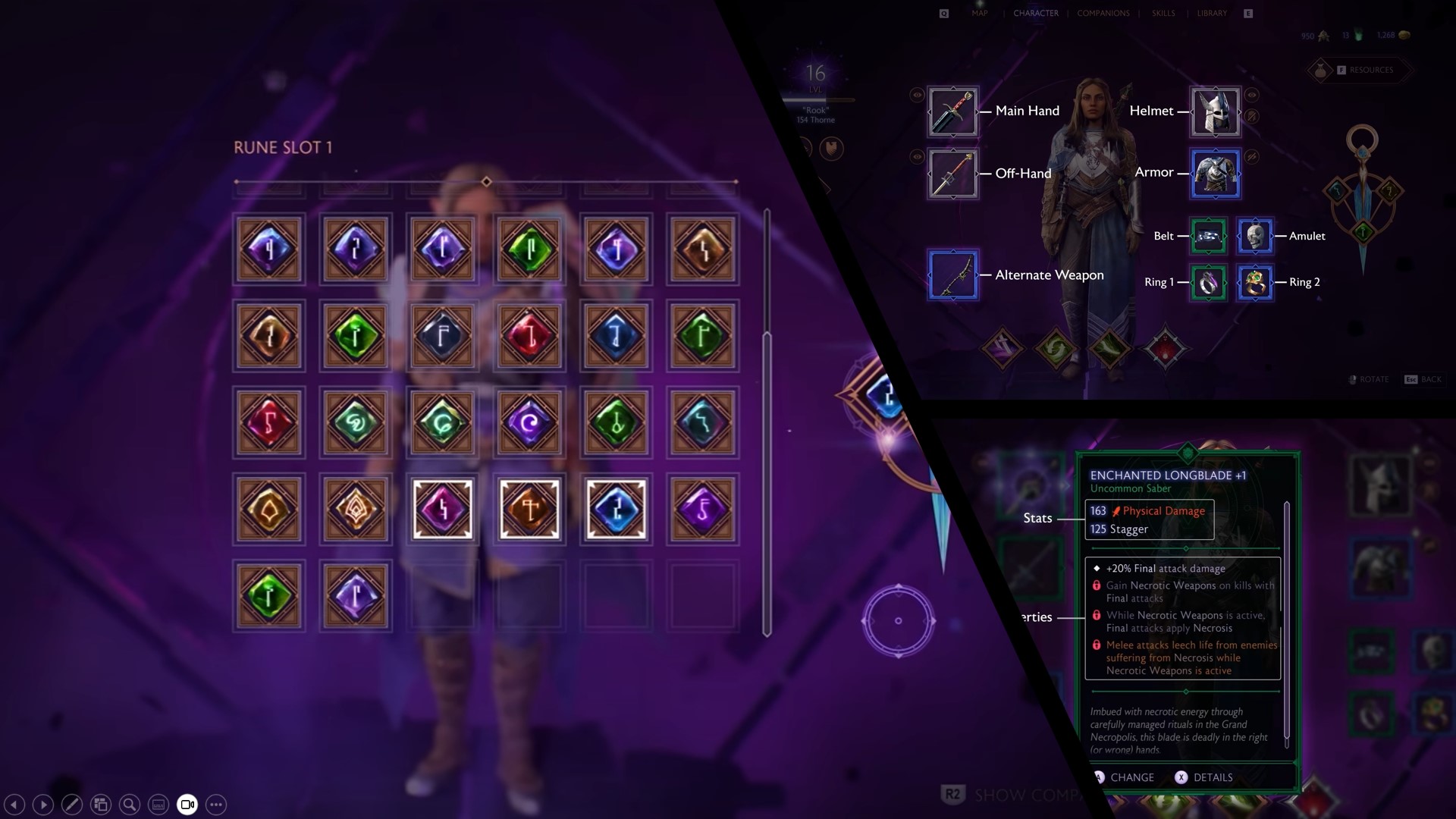
Developed by BioWare and published by Electronic Arts, Dragon Age the Veilguard is the fourth installment in an epic RPG franchise. With a continuation of the original story and 10 years after the third game, “Inquisition,” the Veilguard’s combat and progression will be different. Specifically, you will use an action story combat with dodging and blocking vs. a top-down approach with the previous games. However, you can pause combat and coordinate actions with two other companions.
This guide focuses on explaining the key components of crafting a build. We hope to give you the tools and information to decide on the “best” build for you and your play style.
Everything About Builds in Dragon Age: The Veilguard
Your built-in Dragon Age, the Veilguard, is consistent with the faction, race, class, specialization, skills, and companions you bring on your adventure. The main protagonist, Rook, will be the player-controlled character, and you will have access to seven companions to recruit. Each choice, from character creation to equipment, is impactful, and a wrong decision at the start can limit your combat performance.
Below are all the factors in builds in Dragon Age: the Veilguard (DA:V):
- Character Creation: here, you select your class, faction, and race, some of which cannot be undone.
- Faction (backgrounds): these influence dialogue and exploration and give three bonuses, including one for combat.
- Race: separate choice from Faction with limited impact on gameplay.
- Class: select one of three classes that determines gameplay.
- Specialization: at level 20, you can select one of three specializations per class.
- Skills and Abilities: multiple skills and abilities further influence your build (traits, passives, abilities, ultimate).
- Level and Skill Points: max level of 50, with a honeycomb system for selecting perks, talents, and skills.
- Companions: choose two companions to adventure with you and seven to choose from overall with preset classes, races, and factions.
- Items and Equipment: nine pieces of gear can be equipped and progressed through the Caretaker.
- Runes: additional customization options for your weapons.
Character Creation in Dragon Age: The Veilguard

During Dragon Age: The Veilguard character creation, players can set their appearance, race, faction, and class. The most important decisions are your class, faction, and race. You will want a clear combat goal based on the holy trinity in Role Play Games (RPG): Tank, Damage, or Healer. Players can fine-tune their builds for specific roles based on their chosen class and then further with their specialization. Note, regardless of your player-controlled Rook character, you can augment your weak spots with companions, filling in the missing gap within your party.
Faction

Your faction choice determines conversations, dialogue, exploration, and three bonuses. The main protagonist, Rook, can select one of 6 factions, four new to the series. Companions will have their faction automatically selected. Factions will determine a “side” in an ongoing conflict, but they are important due to passive bonuses. For instance, the Grey Warden gains the following “traits:”
- Bonded in Blood: Gain reputation with the Grey Wardens more quickly
- Blight Killer: Deal increased damage vs Darkspawn
- Vigilant Training: Base Defense and Health are slightly increased
The Vigilant Training passive directly relates to combat, increasing your survivability, making Grey Wardens a useful faction for any build. Two other suggestions are the Veil Jumpers, which increase critical and weak point damage, and Shadow Dragons, which increase resource sustain.
Overall, players should select the best faction that suits their playthrough goals, just realize this will impact combat as well as your story.
Race
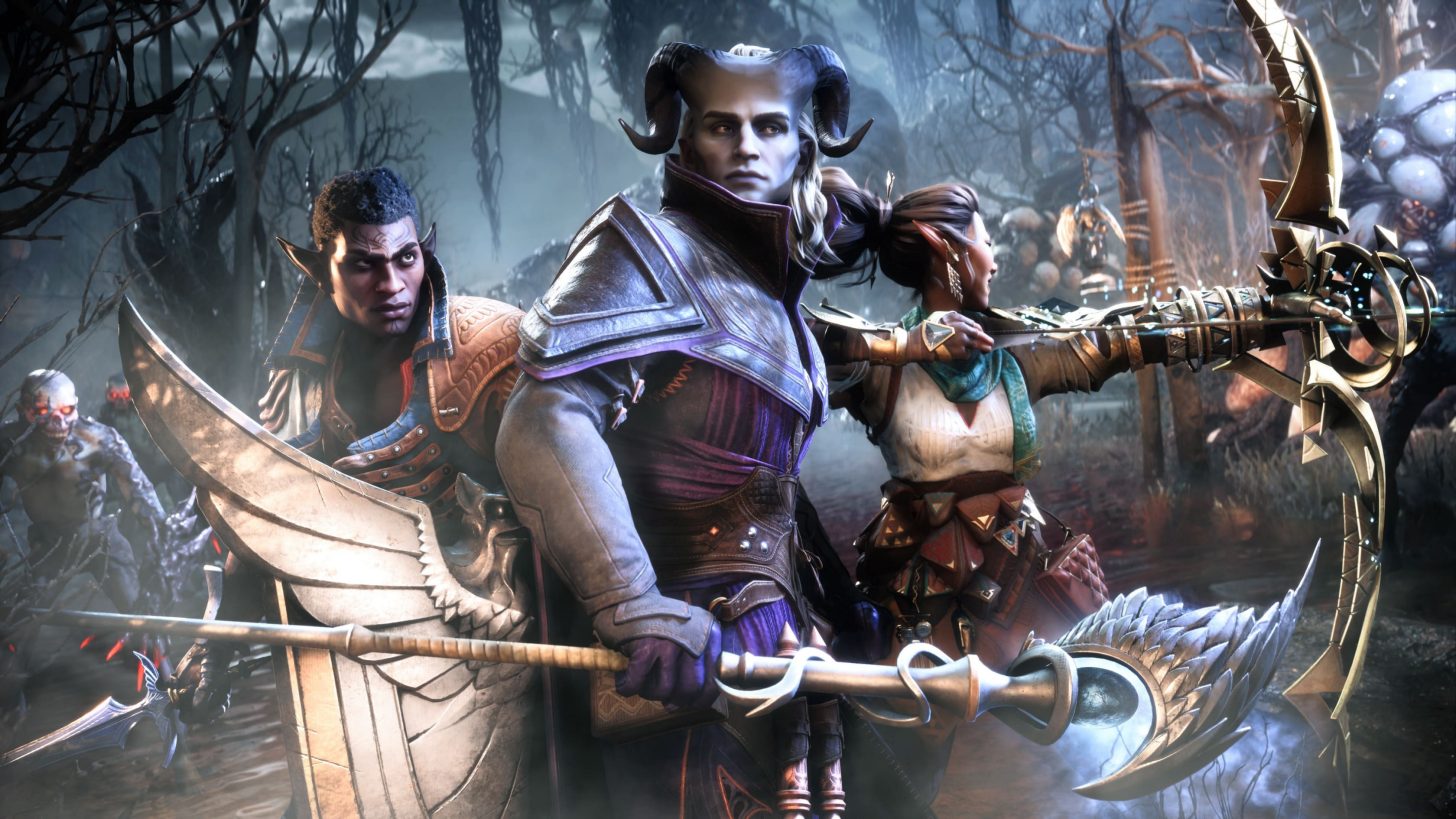
In Dragon Age the Veilguard, race mainly determines story-based elements. However, some races won’t be able to select certain classes. For instance, a Dwarf won’t be able to pick a Mage class due to their lack of magical ability. Moreover, this will be obvious in the character creation section of the introduction. Therefore, select a race that fits your ideal story and RP background.
Class and Builds Explained
During character creation, players will select one of three classes: Mage, Rogue, or Warrior. Your class determines your available skills, playstyle, specializations, and gameplay. Furthermore, classes are designed to fit into a specific role or archetype based on RPG games, with some exceptions. For instance, a Warrior is either a melee DPS or a tank, depending on your specialization. Specializations unlock at level 20, allowing for further customizations and options.
Rogue Class Explained

Using stealth, traps, and surprise, the Rogue is your primary damage dealer. The Rogue can equip a bow or daggers, giving you flexibility in range choices. Moreover, your primary resource is Momentum, which builds during light or heavy attacks. After you fill up this resource, you can then use skills. The Rogue can use medium armor and play as one of four races: Elf, Dwarf, Qunari, and Human. Your available skill groups are Burst, Sustain, or Control. These skill groups give you additional options when leveling up and selecting skills. At level 20, you unlock specializations, and here’s what to expect:
Rogue Specializations
- Duelist: melee daggers, high movement, and burst damage but lower survivability requiring close-quarters gameplay.
- Saboteur: a unique playstyle using traps, debuffs, and contraptions that are more of the utility Rogue spec.
- Veil Ranger: this is your typical bow user, hanging back at range shooting targets.
Most players will opt for Duelist or Veil Ranger, depending on their preferred playstyle. Rogues should also build for critical, emphasizing burst damage.
Mage Class Explained
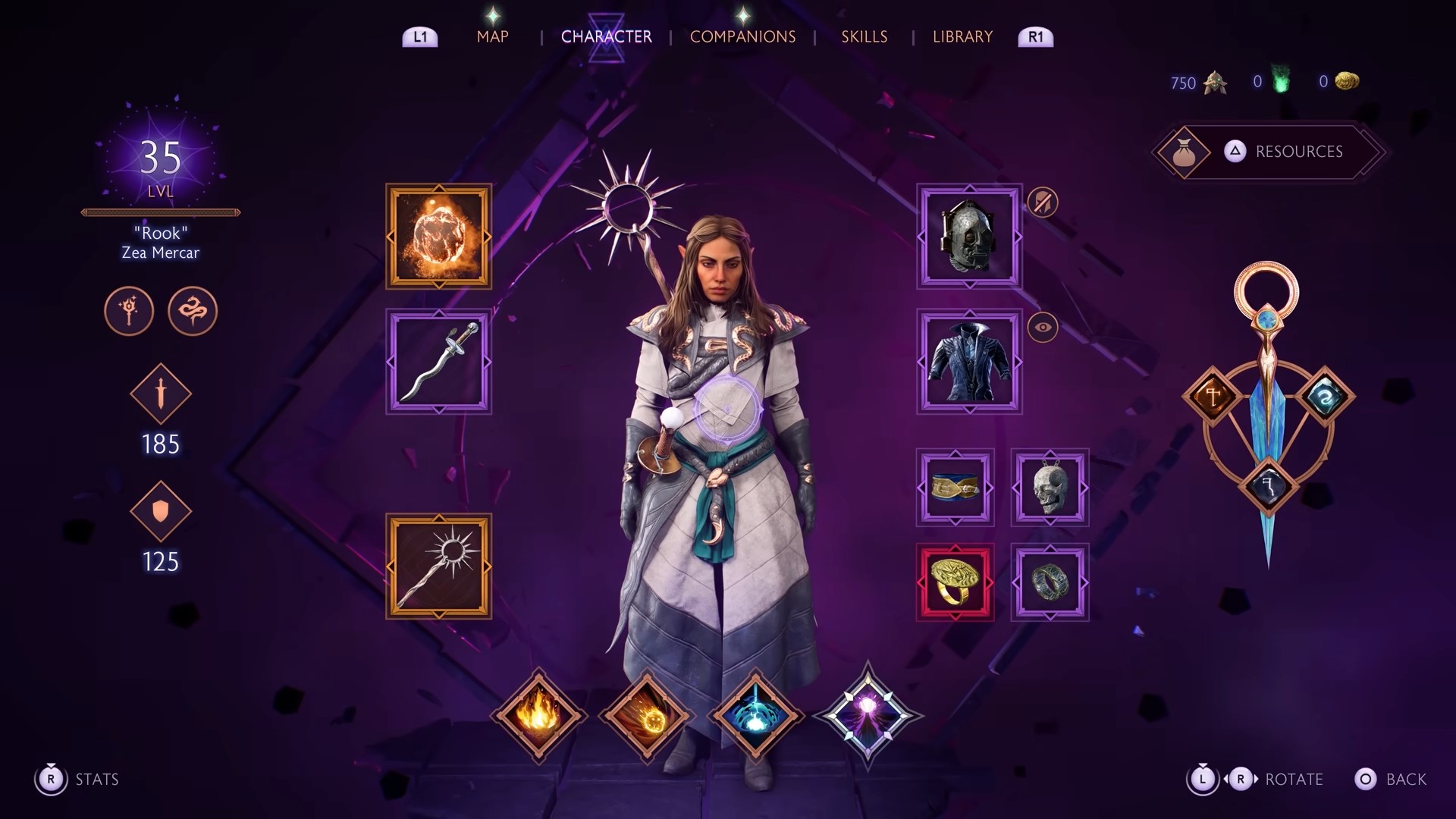
Depending on your specialization, the Mage class is your typical spellcaster that can play as a damage dealer, melee hybrid, or support. Mages in Dragon Age and the Veilguard use light armor. However, Mages have various weapon choices like staffs, orbs, or daggers. Your skill group are burst, sustain, or control, giving you flexible skill options based on your build’s priority. Additionally, the Mage can pick four races: Elf, Qunari, and Human. Lastly, at level 20, the Mage can choose a specialization that focuses on and changes your build.
Mage Specializations
- Death Caller: this is your Necromancer spec, draining life to cast spells.
- Evoker: using frost and ice elements, the Evoker does crowd control, snares, and freezing.
- Spellblade: this spec is for hybrid gameplay using melee weapons and spells.
For traditional spellcasting damage dealers, players should select the Evoker. If you want to use support spells, choose the Death Caller. Spellblade is an overall weaker option outside of roleplaying.
Warrior Class Explained

The Warrior class is your high survivability tank or melee DPS class focusing on melee combat. Warriors can wear heavy armor and equip a sword and shield, or two-handed weapon. You can select one of four race choices: Elf, Dwarf, Qunari, and Human. The Warrior’s skill group is Weapons, Survival, and Abilities. The Warrior specializations unlock at level 20 and here’s what you can expect:
Warrior Specializations
- Champion: this is your main tank survivability spec using sword and shield and protecting allies.
- Reaper: a unique spec that siphons life from enemies with a shield throw.
- Slayer: standard two-handed damage dealer.
For players wanting to tank, use the Champion. The best hybrid playstyle is the Reaper, which gives you damage and survivability. Meanwhile, the Slayer is helpful for players who love all out aggressive damage dealing.
Skills and Abilities
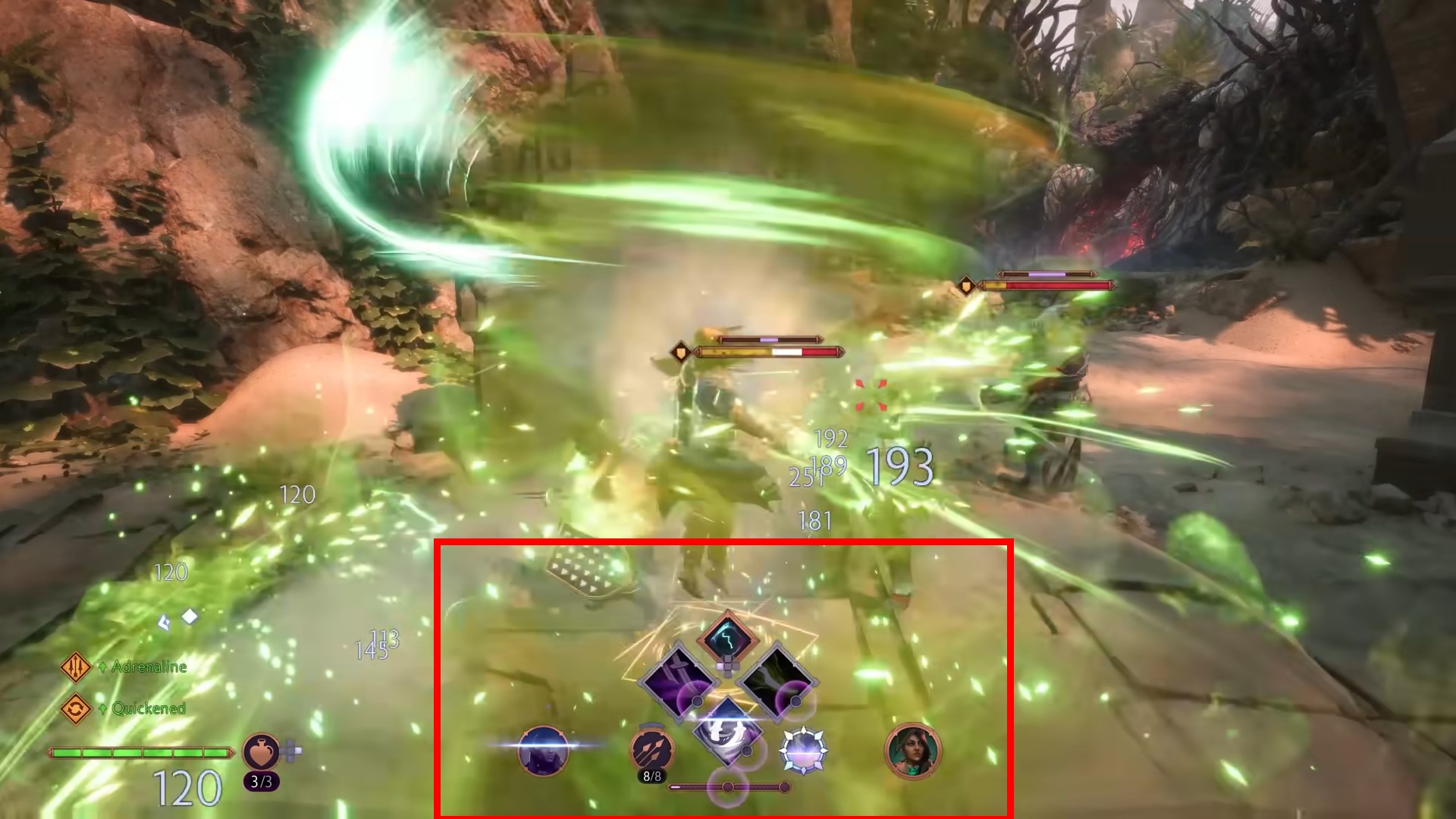
In Dragon Age the Veilguard, skills are broken into five types: abilities, traits, passives, and ultimate. Your active skills (abilities) are used throughout combat and are on a cooldown, with an ultimate ability used infrequently. Additionally, you have a trait skill that can be activated with multiple bottoms simultaneously. With a max level of 50, you earn one skill point at each level, which can be spent on the skills user interface to take bonuses, new skills, or traits.

The honeycomb skill tree features different symbols that indicate unique bonuses. Below are the type of skills and unlocks as you progress in various skill trees:
- Small Diamond: Abilities
- Large Diamond: ultimates
- Hexagons: traits
- Circles: passives
The most important thing to remember when selecting skills is you are limited with abilities and ultimate. You can only slot three abilities and one ultimate; therefore, don’t spend a huge investment in skills you won’t be able to use. Your goal should be taking a limited amount of abilities and ultimate while loading up on passives to boost combat power.
Traits

Button combinations activate the trait skills. Typically, conditions will need to be met to activate a trait skill. This could include blocking or some other mechanic, such as limiting the usage of trait skills. The Riposte trait requires you to activate three sequential buttons after a defense to launch a counterattack. Therefore, you should select a trait that you can trigger (proc) frequently and avoid others with limited usage.
Passives

Passive skills give you a bonus without the need to slot anything. Passives should be the main priority when progressing through the skill honeycomb. You will need to take some skills and abilities to progress, but anything that boosts your overall power without requiring an ability or ultimate will be helpful.
Abilities

Your ability skills are active skills placed on your bar. You have a total of three active skills at a time and can swap them in or out as long as they are outside of combat. Now, the benefit of skills is they have combos with Rook and companions. Look for the status effects they apply, such as Toxic Dash and Sundered. Likely, another skill can trigger a secondary effect (combo). Therefore, status effects and primer skills will be useful with an organized team.
Ultimates

You gain one ultimate ability that is slotted near your active skills. These are the best skills, but they cannot be used frequently. You’ll want an ultimate complimenting your build’s focus, like burst damage, survivability, or debuffs. Players should generally use ultimate frequently and not save them for a “rainy” day. In boss fights, use an ultimate to start a fight with the aim that the cooldown will be refreshed, allowing two usages in one battle.
Companions

In Dragon Age, the Veilguard and Companion have their own builds with equipment, skills, and skill progression. However, the overall “build” for companions is limited compared to Rook. This means that their skill trees are smaller, with fewer equipment slots. The most important thing to know about companions is that they come with a default class, race, and faction, which cannot be changed. Therefore, you need to select a companion wisely on whatever you lack from your main character Rook. The easiest is to follow the Holy Trinity system in RPGs: 1 tank, 1 healer (support), 1 DPS. With a party size of three, here’s what we suggest for companions:
- Range DPS: Bellara, Emmrich, Harding, Neve
- Melee DPS: Lucanis, Taash
- Tank: Darvin
- Support: Bellara, Emmrich, Neve
Equipment, Items, Weapons

Your main character, Rook, will have nine items: Main Hand (off-hand for daggers/shield), Alternate Weapon, Helmet, Armor, Belt, Amulet, and two rings. Items can be found at faction store vendors or throughout the world. As you progress your faction rank, more items will be available. You can also find items through chests or enemy kills throughout the world.
Stats and Properties

Each item has stats and properties. Stats are bonuses, while properties are traits that can be unlocked as the weapon improves in rarity. You can improve stats and properties by finding items at a higher level or rarity.
Caretaker’s workshop

Items and equipment can be upgraded via the Caretaker’s workshop. This NPC will show up at your lighthouse and home base. Throughout your journey, you can find caretaker mementos similar to lore codecs. Additionally, you can purchase mementos at shops, increasing your rank. As your rank progresses, your item’s power, variety, and enhancements can be enhanced.
Upgrading Items
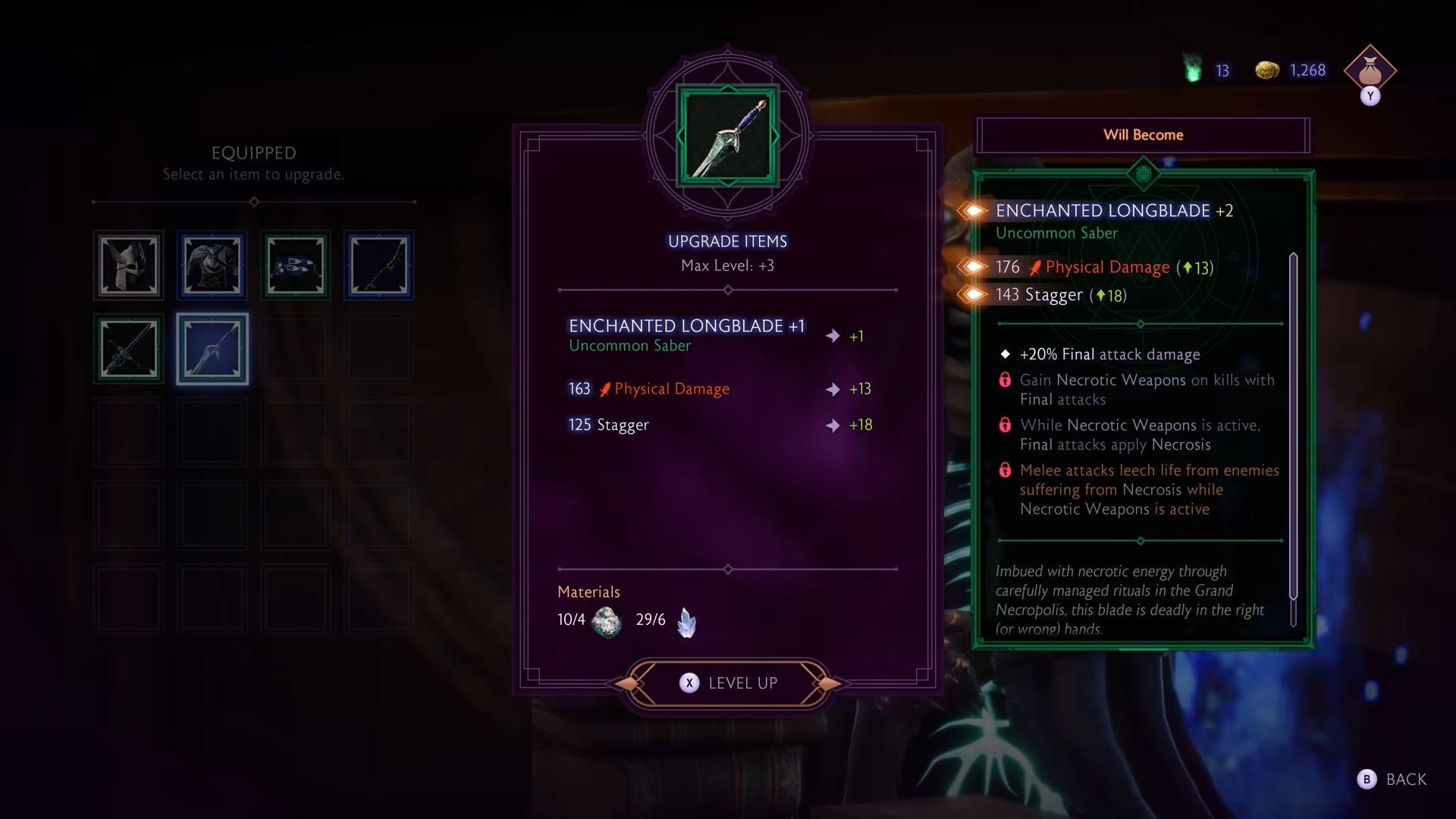
To upgrade an item, you must meet the Caretaker’s workshop requirements. Then, select the item and use the required material. The item will gain a stat boost.
Enchanting Items

To Enchant an item, visit the Caretaker’s workshop after you’ve reached the required rank. You can enchant abilities and items. These give you an extra bonus on your skills and equipment and are vital for progression and overall combat power.
Runes

Runes provide a passive and active bonus and can be slotted into your main character, Rook’s Lyrium dagger. Players can slot up to three runes, which cannot be removed but replaced. Therefore, make a careful decision on which to slot or save for later. Moreover, your companions will not have a Lyrium dagger, therefore this is limited only to your playable character.
Best Builds in Dragon Age: The Veilguard
Below the best builds in Dragon Age: The Veilguard Builds from our guide:
Tanks (survivability and crowd control)
- Race: Human
- Faction: Grey Wardens
- Class: Warrior
- Specialization: Champion
- Companion: Davrin
Range Damage Dealer (DPS)
- Race: Elf
- Faction: Veil Jumper
- Class: Rogue
- Specialization: Veil Rangers
- Companion: Harding
Melee Damage Dealer (DPS)
- Race: Human
- Faction: Shadow Dragons
- Class: Rogue
- Specialization: Duelist
- Companion: Lucanis
Healer
- Race: Elf
- Faction: The Mourn Watch
- Class: Mage
- Specialization: Death Caller
- Companion: Emmrich
Spellcasting Damage Dealer (DPS)
- Race: Elf
- Faction: Shadow Dragons
- Class: Mage
- Specialization: Evoker
- Companion: Neve
FAQs About Builds in Dragon Age: The Veilguard
Q1: What is the most powerful class in Dragon Age Veilguard?
The Warrior Champion, Rogue Duelist, and the Mage Necromancer are the best class and specialization combination in Dragon Age the Veilguard.
Q2: What is the easiest build in Dragon Age: the Veilguard?
The simplest build to play is the Warrior, using melee damage with high survivability.
Looking For More?
Thank you for reading the Dragon Age: The Veilguard Builds and Classes guide. We provide the latest news and create guides for Baldur’s Gate 3, Fallout 4, ARK Survival Ascended, and more. Also, watch me play games on Twitch or visit my YouTube channel!
 Reddit
Reddit
 Email
Email


